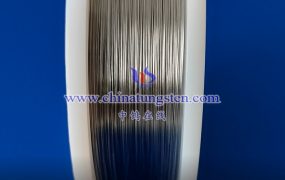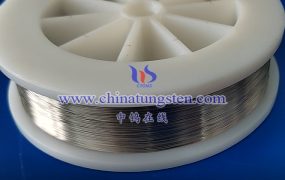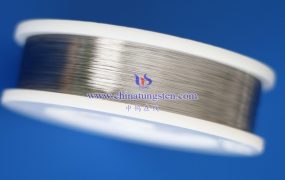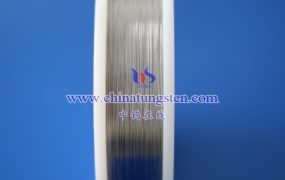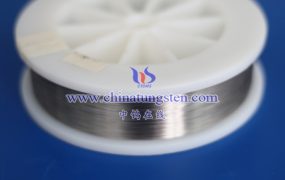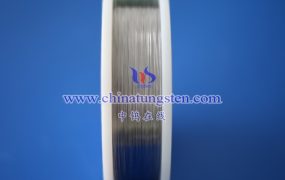The production process of black tungsten wire involves multiple steps, from raw tungsten ore to the final wire product. Below is a concise and comprehensive overview of the process:
- Tungsten Ore Beneficiation:
- Tungsten concentrate is extracted from tungsten ore (e.g., wolframite) using physical or chemical methods such as gravity separation, flotation, or magnetic separation to obtain high-purity tungstate or tungsten oxide.
- Chemical Purification:
- The tungsten concentrate is dissolved in acid or alkali (e.g., hydrochloric acid or sodium hydroxide) to produce tungstic acid (H₂WO₄) or ammonium paratungstate (APT, (NH₄)₂WO₄) through chemical reactions.
- Further purification is achieved through crystallization and filtration to remove impurities like sulfur and phosphorus.
- Tungsten Oxide Preparation:
- Tungstic acid or ammonium paratungstate is calcined at high temperatures to produce tungsten trioxide (WO₃) or tungsten dioxide (WO₂).
- Tungsten Powder Reduction:
- Tungsten oxide is reduced to metallic tungsten powder in a high-temperature hydrogen furnace. The reduction process is controlled to ensure the particle size is suitable for subsequent processing.
- Tungsten Powder Pressing and Sintering:
- Tungsten powder is pressed into tungsten bars or billets using techniques like cold isostatic pressing or die pressing.
- The billets are sintered in a high-temperature hydrogen-protected furnace to densify the material, forming tungsten rods with sufficient strength.
- Tungsten Wire Drawing:
- Sintered tungsten rods are processed into thinner wire blanks through swaging or rolling.
- The wire blanks are drawn through multiple passes using diamond or carbide dies at high temperatures to achieve the desired diameter (ranging from tens of micrometers to several millimeters).
- Intermediate annealing is performed multiple times during drawing to relieve stresses and maintain the wire’s ductility.
- Surface Treatment (Black Tungsten Wire):
- Black tungsten wire typically refers to unpolished wire with a graphite milk coating on its surface. After drawing, the wire may retain residual graphite milk lubricant, giving it a characteristic “black” appearance.
- For specific surface properties, light cleaning or coating treatments may be applied, but black tungsten wire generally does not prioritize high surface finish.
- Quality Inspection and Packaging:
- The tungsten wire undergoes testing for dimensions, mechanical properties (e.g., tensile strength), surface quality, and chemical composition.
- Qualified wires are cut to size, coiled, and packaged for delivery.

Key Considerations:
- The production of black tungsten wire requires strict control of reduction and sintering atmospheres to prevent oxidation or impurity introduction.
- The precision of drawing dies and the choice of lubricant significantly affect the quality of the wire.
- Black tungsten wire is primarily used in specific industrial applications (e.g., light sources or heating elements), and its surface condition distinguishes it from polished tungsten wire.
More details of tungsten wire, please visit website: http://www.tungsten-wire.com.cn/
Please contact CHINATUNGSTEN for inquiry and order of tungsten wire:
Email: sales@chinatungsten.com
Tel.: +86 592 5129595
